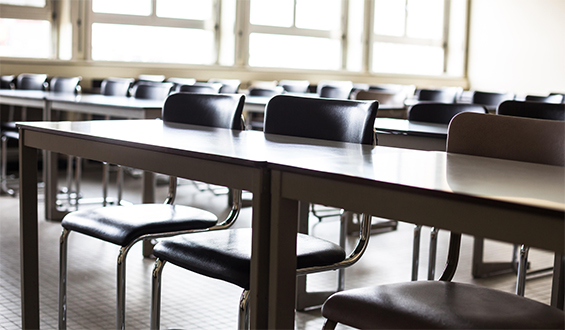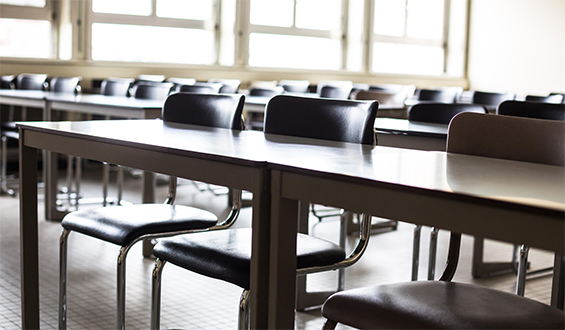
A new Stanford research study published in Psychological Science, the journal of the Association for Psychological Science, has shown that protecting vulnerable students from stereotype threat can have a positive effect on the class as a whole.
For the research purpose, “stereotype stress” was defined as a situation in which people feel vulnerable and at risk of getting negative stereotypes because of their social status, skin color, etc., explains Clifton B. Parker of The Stanford News.
The study was conducted by Joseph Powers, a psychology graduate student at Stanford, and Professor Geoffrey Cohen. The researchers used subtle psychological interventions to protect African American students from stereotype stress. Powers and Cohen carefully analyzed data from previous studies among 550 7th graders from unprivileged backgrounds. The pupils were asked to write for 15 minutes about their most important values, such as friendships and family, writes Jacqueline Howard of The Huffington Post. They did not know it was part of the study. In the meantime, a control group of their fellow students wrote about a neutral topic. 40% of the children were black, 40% were white and the rest 20% were of another ethnic group.
This kind of personal reflection can expand and protect someone’s identity during challenging situations such as those encountered at the beginning of 7th grade, Powers explained. Affirmation of core values has been proven to shield pupils from some of the negative effects of stereotype threat. It also had a positive influence on the students’ sense of social belonging and their academic results.
The researchers concluded that individual students’ grades improved just from being in a group with more students from Afro-American origin who completed the self-reflection task, notes Peter Balonon-Rosen of The Learning Lab. It turned out that African American students who were randomly given the writing exercise had higher grades and felt less stereotype threat. The positive effect spread over the entire class. The underperforming students’ grades increased by a third of a letter grade on average, from a C to a C+, concluded Powers and Cohen:
“Results suggest that the benefits of psychological intervention do not end with the individual. Changed individuals can improve their social environments, and such improvements can benefit others regardless of whether they participated in the intervention.”
The study confirmed that the general classroom positive effect was not influenced by students’ ethnicity or teaching staff involved. The experiment resulted not only in a change in individuals but also in the group environment.
Previous findings showed the way the intervention improved the academic performance among black students. However, the new research confirmed that classes with higher concentrations of these students achieved better results among all classmates regardless of ethnicity or participation in the experiment. As Powers emphasized:
“The main implication is that we may often underestimate the full effect of social programs and interventions if we only measure for direct effects among participants. The concentration of beneficiaries within a group can trigger effects as large or larger than the initial program or intervention.”
It seems that while stereotypes can negatively impact an entire society, protecting individuals from stereotypes can positively impact society at large, concluded Jacqueline Howard of The Huffington Post.




